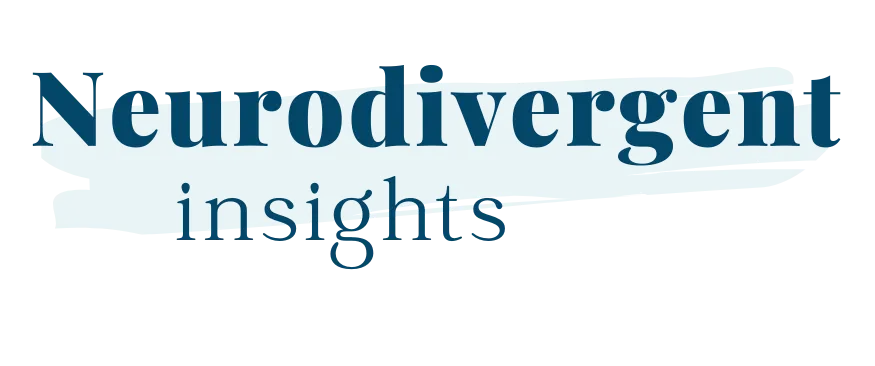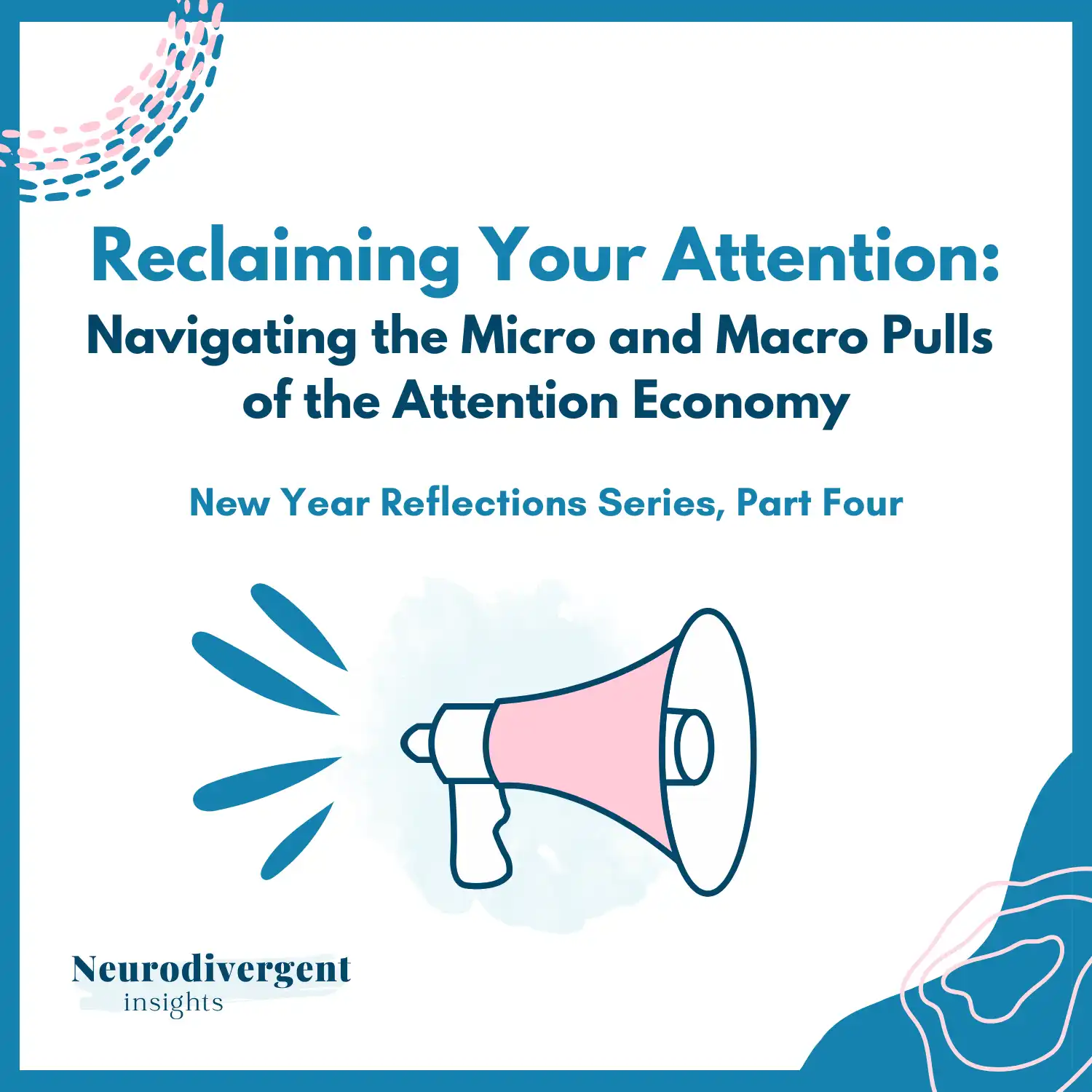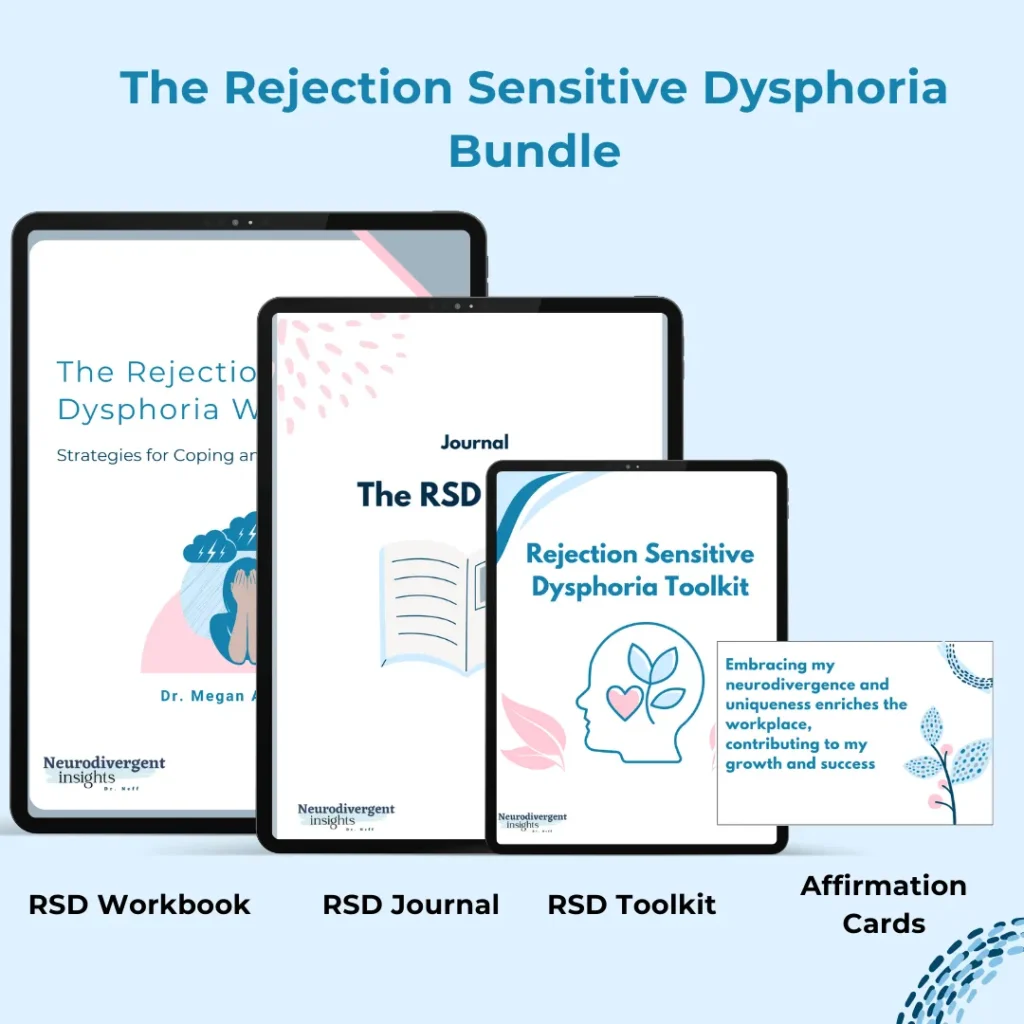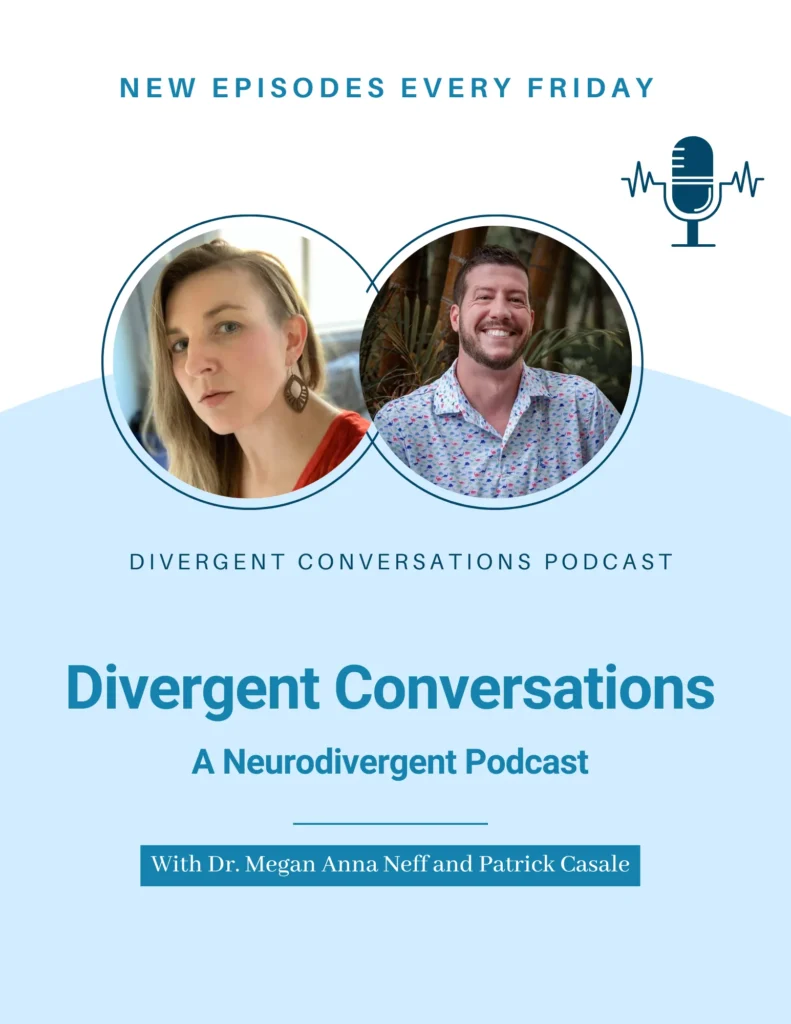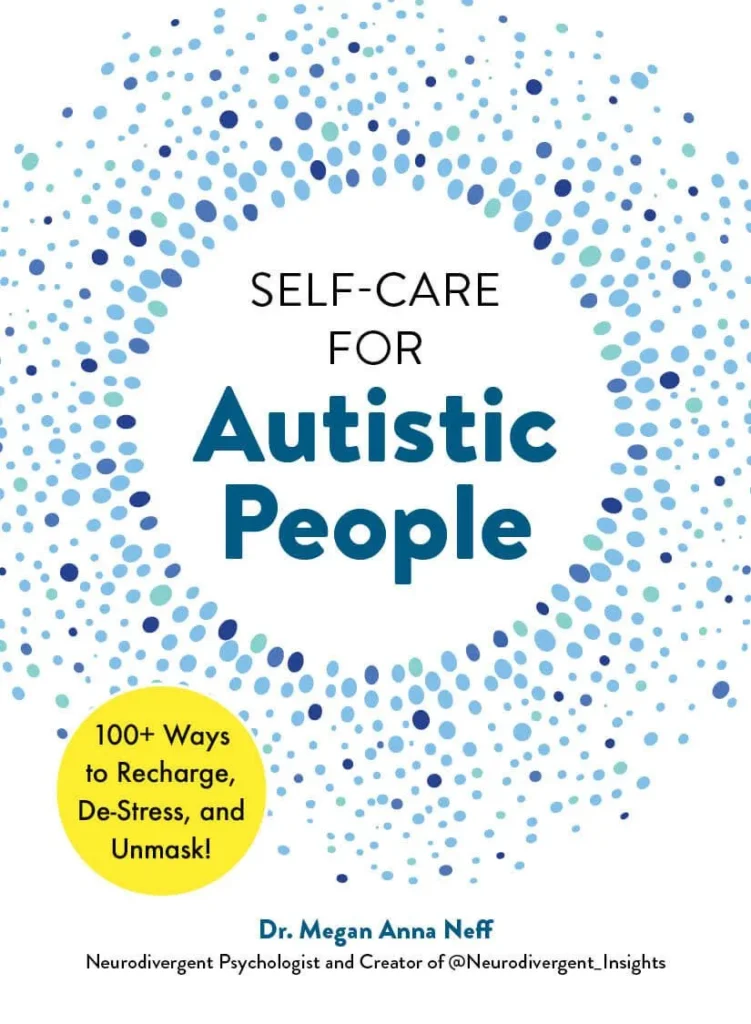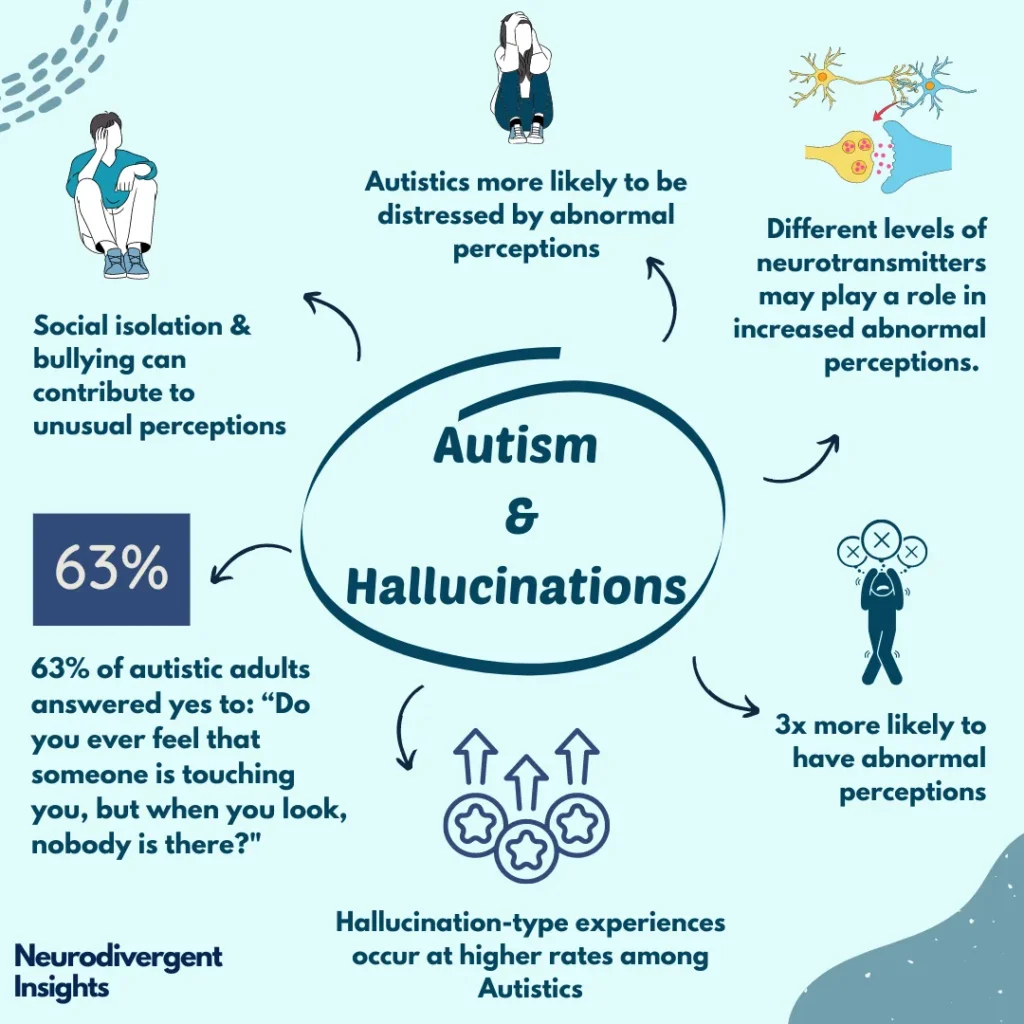
Abnormal Perceptions and Autism
Autistics have more abnormal perceptions than allistics. We also experience MORE distress over these events. Increasing awareness of autistic hallucination-type experiences can help reduce the stress & anxiety about having these experiences. These experiences are rarely dangerous & rarely are they a sign of something more serious. It’s simply neurons in our brain misfiring.
Hallucinations can also be considered on a spectrum. They can be intense & can lead to a blurring of reality, or they can be fainter in nature (the knock you thought you heard, the music you hear playing in the background, the touch you thought you just experienced).
New research suggests that autistic adults experience more abnormal perceptions (hearing, sight, sound, touch). It is believed neurotransmitters, social isolation/discrimination may all be involved. This research comes from the work of Elizabeth Milne.
Abnormal perceptions are distinct & different from sensory sensitivities
47% of autistic adults answered yes to: “Do you ever see shapes, lights, or colors even though there is nothing really there?”
Other abnormal perceptions include strange body sensations such as experiencing a burning sensation & strange feelings in the body, hearing one’s own thoughts or fearing those near you can hear your thoughts.
Autistics were more likely to report experiencing distress associated with their abnormal perceptions.
Increasing awareness of autistic hallucination-type experiences may help reduce stress & anxiety about having these experiences.
Speculated that abnormal perceptions may be related to altered GABA levels
Past research has shown that those who experience isolation & discrimination (such as in the case of migration), also have more hallucinatory & paranoid feelings than people who are not discriminated against. Bullying, discrimination & social isolation related to autism may thus increase the risks of hallucinatory & paranoid feelings.
